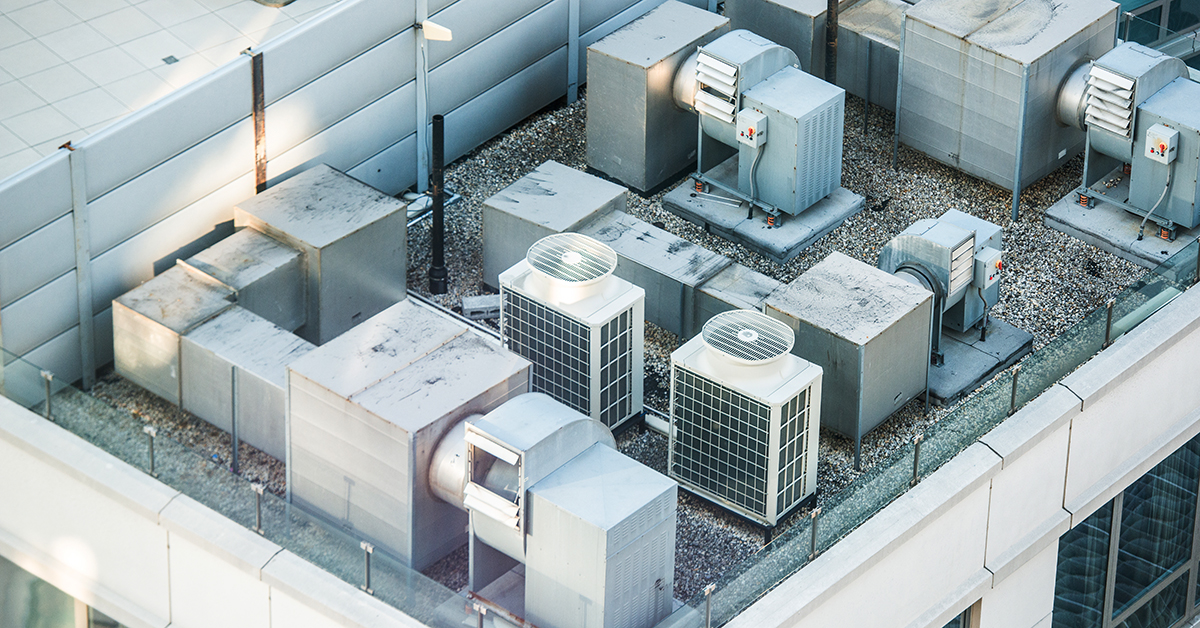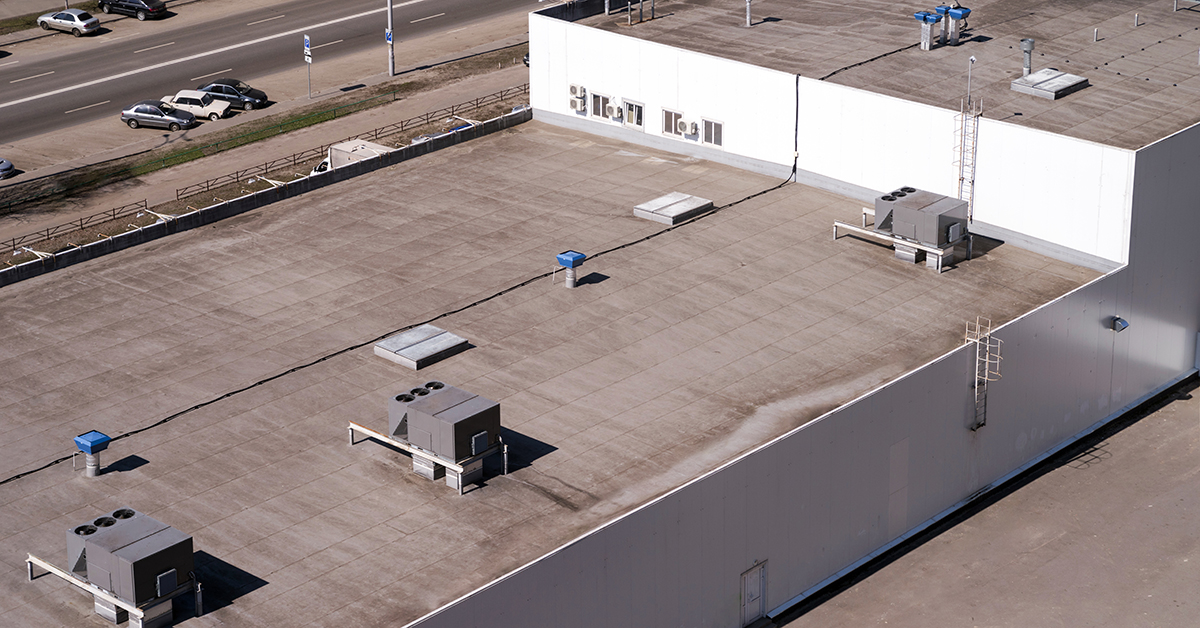As a business owner, one of your number one priorities is keeping your employees, tenants, and other occupants comfortable in your building. To maintain this high level of comfort, business owners and facility managers will often opt to have industrial-strength HVAC units installed on the roof. The subsequent benefits are typically immeasurable, with precise temperature control, reduced energy use, ventilation options, and relatively low maintenance.
However, while these rooftop units can certainly be kept out of sight, they should not be kept out of mind. Over time, these units can take a serious toll on your roof and should be closely monitored by commercial roofing specialists in Tampa in order to catch a variety of different roof problems. In this brief article, we’ll explain just a few of the most common ways rooftop HVAC units can damage your commercial roof.
Related: 3 Important Reasons Why You Need a Roofer to Work on Your A/C
Faulty Installation
The first and possibly most common way HVAC units can damage your commercial roof is through faulty installation. While high-quality flat roofs are incredibly durable and able to withstand significant amounts of weight, HVAC units are still massive and bulky objects. If such units aren’t installed correctly, they can and will cause damage and deterioration to your commercial roof. For example, many business owners have reported having multiple leaks repaired over and over again, only to find that the true source could be linked back to their HVAC system.
To avoid a problem like this, you’ll want to have a highly-experienced roofing contractor be a part of the installation process. This is because even installing a new A/C curb involves cutting into the roof deck, attaching the curb, and providing waterproof seals on all four sides. This is not a job that you should trust solely to the HVAC technician.
Condensation
By now, you know that water and commercial roofs are not a good match. Unfortunately, one of the largest issues with rooftop HVAC units is the condensation caused when the unit is running. While rooftop HVAC units typically produce vaporized water that can be released into the air, faulty or malfunctioning units may cause this same vapor to condense and pool at the base of your unit. Another common cause of water pooling occurs when the HVAC technician is incapable of properly installing the unit and instead leaves damage on the surface of the roof membrane, leading to cracks and low spots.
In either instance, water pooling on your commercial roof can lead to serious problems, such as mold, vegetation growth, discoloration, and structural damage. It can also erode the surface of the roof’s membrane and lead to leaks. The best way to prevent this issue is to have your unit inspected regularly and a proper drainage system installed that funnels excess condensation off of the roof, such as scuppers.
Related: Everything You Need to Know about Leaks and Commercial Roofs
Excessive Foot Traffic
Finally, it’s important to be wary of excessive foot traffic. While having your rooftop HVAC units regularly inspected through routine maintenance is critical to extending the lifespan of your unit and detecting early signs of leaks, HVAC technicians who aren’t trained to work upon your roof can cause serious damage. Even what seems like a minor amount of foot traffic in the grand scheme of things can easily cause strain to the membrane of your roof, leading to cracks, leaks, and other major issues. The best solution to this problem is to first ensure you have established walkways leading to the unit, and second, have one of our commercial roofing specialists join in on the inspection.
To speak with a roofing professional regarding commercial re-roofing in Tampa, or to schedule a consultation, please submit our contact request form.
Disclaimer: The information contained in this article is for general educational information only and is not intended to be a substitute for professional counsel.



